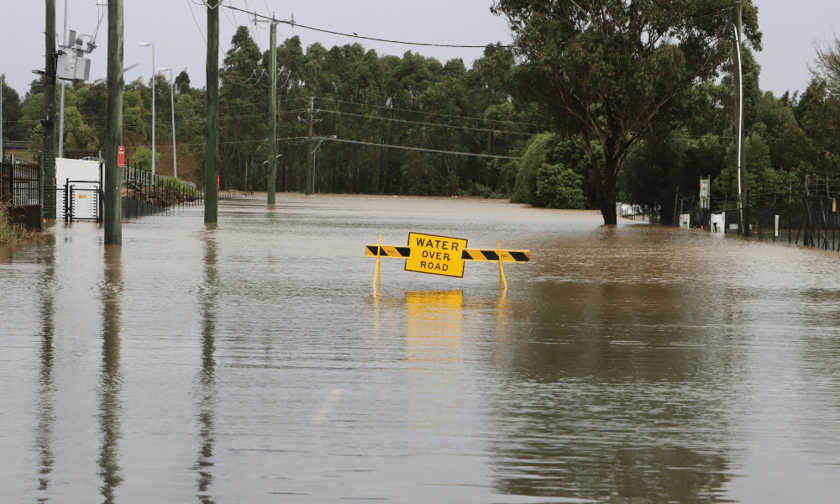

The State of the Climate 2024 report, released by Australia’s national science agency CSIRO and the Bureau of Meteorology (BoM), details significant climate trends that could reshape risk exposure for insurers.
The biennial report outlines Australia’s continued warming, increased frequency of extreme heat events, rising sea levels, and expanded fire seasons – signalling shifts that may influence risk assessments, policy pricing, and adaptation strategies across the industry.
According to the report, Eight of the nine hottest years on record in Australia have occurred since 2013, with 2023 now noted as the hottest global year on record.
Dr Karl Braganza, climate services manager at the Bureau of Meteorology, said this change has led to an increase in extreme fire weather and longer fire seasons across large parts of the country.
Such developments raise the likelihood of more frequent, severe wildfires, presenting added layers of risk for insurers managing property and business continuity coverages.
The report also indicated significant shifts in rainfall patterns, particularly across southern and southwestern Australia, where lower rainfall during cooler months has become a persistent trend.
Reduced precipitation and its impact on streamflow levels contribute to longer dry spells and heightened drought risks.
However, when intense rainfall does occur, it is often more severe, especially in northern Australia, where seven of the past 10 wettest wet seasons have taken place since 1998.
The changing climate also poses a growing challenge to coastal communities, as sea levels around Australia are rising at rates that exceed global averages in the northern and southeastern regions.
Overall, global mean sea levels have climbed by approximately 22 centimetres since 1900, with half of this increase occurring since 1970.
Dr Jaci Brown, CSIRO’s research manager, emphasised that warming ocean temperatures are driving more frequent marine heatwaves and influencing coral reef ecosystems, including the Great Barrier Reef, which recently experienced another mass bleaching event.
“Increases in temperature have contributed to significant impacts on marine habitats, species, and ecosystem health, such as the most recent mass coral bleaching event on the Great Barrier Reef this year,” she said.
The publication of the State of the Climate 2024 report follows the release of recommendations from a federal inquiry examining the insurance sector’s response to the 2022 floods, one of Australia’s most costly natural disasters.
The inquiry resulted in 86 recommendations aimed at enhancing consumer protections, improving disaster response, and bolstering community resilience against future extreme weather.
The Insurance Council of Australia (ICA) expressed support, noting that the proposed changes could help reduce premiums and strengthen protection for at-risk communities.
“Insurers acknowledge there were failures of systems, processes, and resourcing in response to the extreme weather events that occurred during 2022, and the industry is already taking action to address these challenges,” said ICA CEO Andrew Hall.
Following the 2022 floods, over 300,000 claims were filed, totalling approximately $7.7 billion in insured losses. Insurers have acknowledged delays and challenges experienced by some policyholders, attributing these issues to the unprecedented volume of claims.
Insurance Australia Group (IAG), among the insurers heavily impacted by the event, said the inquiry offered valuable insights for refining its disaster response.
IAG managing director and CEO Nick Hawkins stated that while many claims were processed effectively, others did not meet the company’s service standards. In response, the insurance giant has since expanded its claims team and refined its processes to expedite claim resolution, particularly for vulnerable customers.
The Australian and New Zealand Institute of Insurance and Finance (ANZIIF) also backed the inquiry’s findings, emphasising its commitment to supporting professional development and training in the sector.
